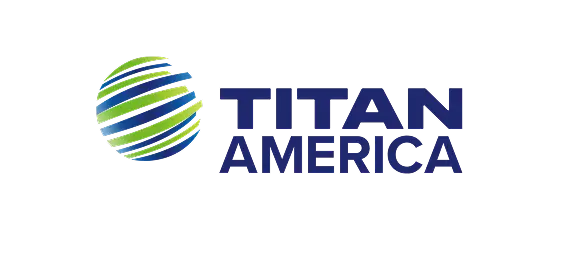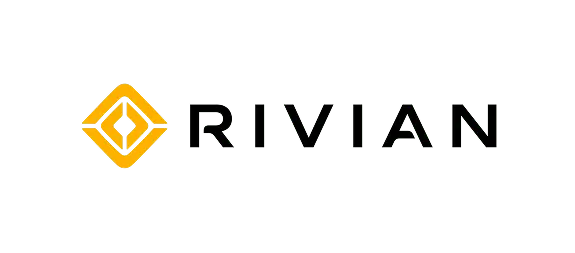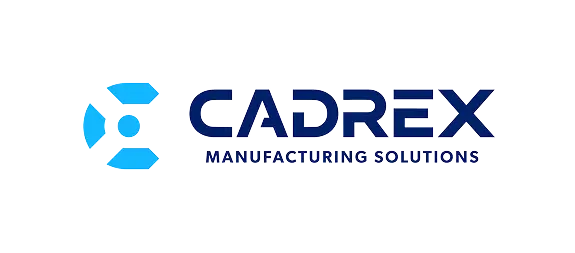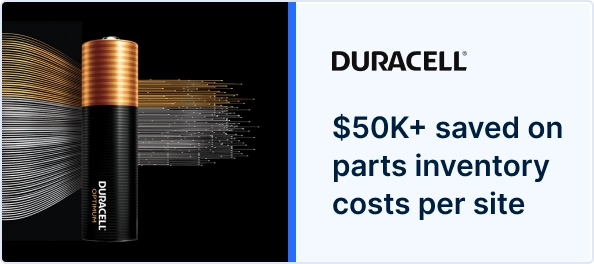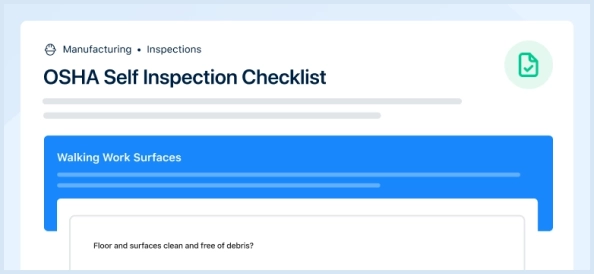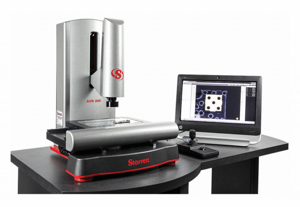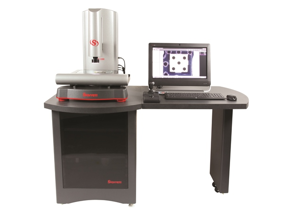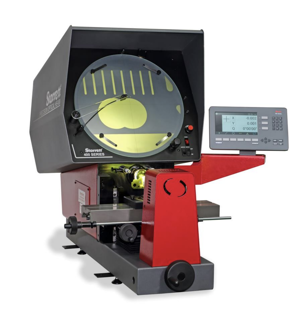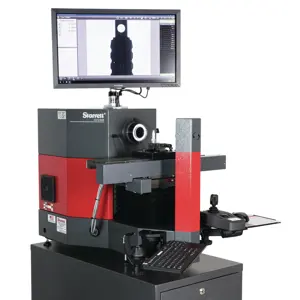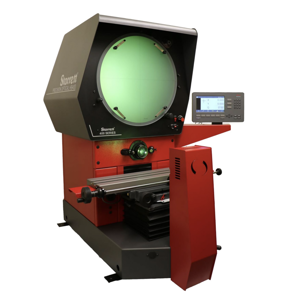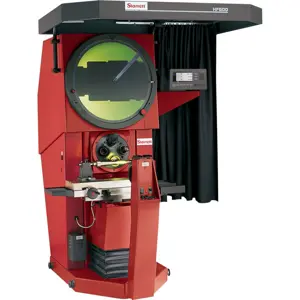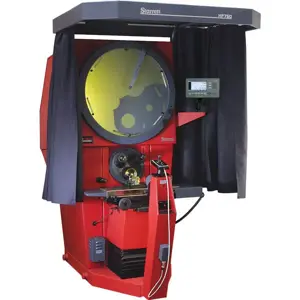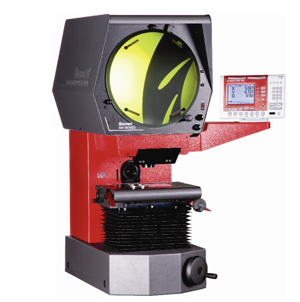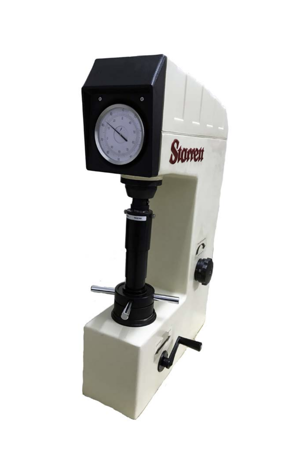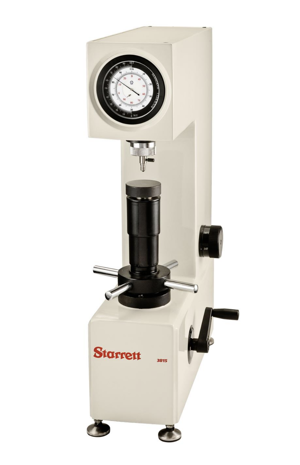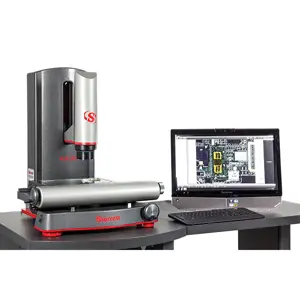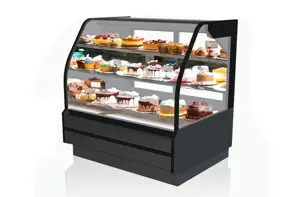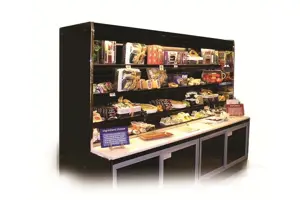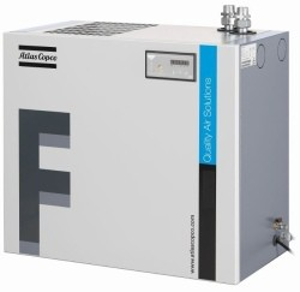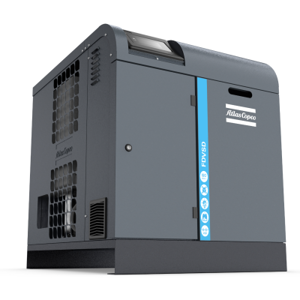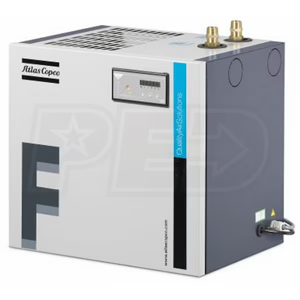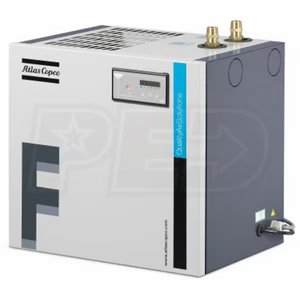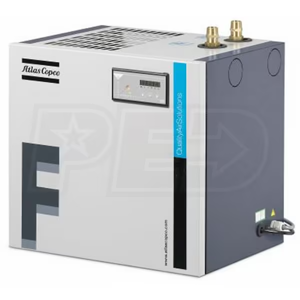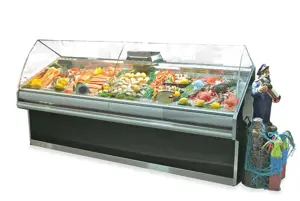

The Starrett Vision Metrology System AV300 is a high-precision measurement tool designed for quality control in manufacturing. This advanced system offers exceptional accuracy and reliability, making it ideal for various industrial applications. Enhance your production processes with the AV300's cutting-edge technology and robust performance.
Turn manuals into instant answers
with your AI-powered assistantTurn manuals into instant answers
with your AI-powered assistant
Manual for Starrett Vision Metrology System AV300
Complete asset maintenance, one click away
Get instant access to all the maintenance information you need. Empower technicians to perform preventive maintenance with asset packages, ready to use right out of the box.
Documents & Manuals
Find all the essential guides in one place.
Tensioning Guide
Belt-diagram
C-120 pulleys
+ 13 more
Work Order Templates
Pre-built workflows to keep your asset running smoothly.
Daily Electrical System Inspection
Replace Roller and Pulley
Install Engine B-120
+ 29 more
Procedures
Integrate maintenance plans directly into your work orders.
Motion Industries
Applied Industrial Technologies
Electrical Brothers
+ 5 more
Parts
Access the parts list for your equipment in MaintainX.
Drive Motor
B2 Rollers
Tensioning System
+ 40 more

Starrett Vision Metrology System AV300
Create an account to install this asset package.
Maintenance Plans for Starrett Vision Metrology System Model AV300
Integrate maintenance plans directly into your work orders in MaintainX.
Auxiliary Lens Replacement
Remove the ring light prior to changing the lens.
If an auxiliary lens is in place, unscrew the lens counterclockwise.
Verify the new lens and exposed lens of the primary optics assembly are clean and dust free.
Carefully screw in the aux lens clockwise, finger-tight only. Do not over-tighten the lens.
Update the lens setting in the QC5000 software. Refer to the QC5000 manual for details.
Sign off on the lens replacement
Parcentricity Check
Parcentricity describes the condition wherein a feature will remain at the optical center of the video image throughout the magnification range.
Place the MAG checker or other suitable inspection part on the stage and secure properly.
Select the M3 crosshair image tool and place the crosshair at its defined center position. The crosshair is to remain at this position during the parcentricity test.
Zoom to low magnification, and adjust the stage position so that the crosshair is centered on the X-Y axis of the calibration standard (or another suitable feature if the standard is not used).
Change to high magnification and refocus the image.
Adjust the stage position as needed to recenter the crosshair on the feature.
While observing the feature, slowly adjust the magnification lower. Verify that the feature remains at the center of the crosshair as the magnification is lowered.
Did the feature remain at the center of the crosshair as the magnification was lowered?
Report any observed discrepancy.
Bulb Replacement
NOTE: The lights of a fiber-optic metrology system generate heat. To preserve lamp life and reduce unnecessary heat buildup, turn the lights down when the system is not in use.
WARNING: Power the system down properly and unplug the unit from the power supply before opening the electronics enclosure.
CAUTION: The lamp bulbs are very hot and can cause burns if not allowed to cool properly.
Do not touch any part of the new bulb when inserting. The inner reflective surface of the lens and the filament housing are particularly susceptible to damage. Oils from fingers and hands can contaminate the surface and shorten the bulb life. Use a clean cloth or tissue, or wear clean latex gloves to handle the new bulb.
Do not to get any part of a tissue or cloth caught in the bulb contacts to avoid a potential fire hazard.
The bulb must be fully seated in the socket to prevent arcing and premature failure of the bulb and damage to the socket.
Verify which lamp needs to be replaced before powering the system down. The lamp sockets are labeled TOP, BOT and AUX corresponding to the three system lights.
Properly power the system down and unplug the unit from the power source.
Using a 2 mm hex wrench, loosen the light bundle retaining screw and remove the light bundle from the heat sink.
1 Monthly Calibration Verification
• Calibration should be verified periodically depending on user requirements and systems usage, and should be at least monthly. A calibration verification standard artifact is available from Starrett authorized distributors or directly from the Starrett service department.
• Calibration should also be verified after the system has been serviced or moved. The following is a brief description of the steps recommended for the verification of your machine. Complete calibration and verification procedures are available upon request.
Steps to validate calibration:
1. Place the calibrated verification standard in one the six positions on the glass stage as shown above. Secure the standard with hot melt glue or other suitable retaining method so that stage translation can not move the standard under any condition.
2. Skew the center of the two end circles. Please refer to the M3 manual for proper alignment procedures.
3. Measure the distance between the 1st and 2nd, 1st and 3rd, 1st and 4th, 1st and 5th, and the 1st and 6th fiducials. Repeat these measurements 10 times.
4. Calculate the absolute average deviation for each of the 5 groups of distance measurements.
5. Repeat the measurements for all six locations shown in the illustration.
6. The absolute averages should be within the factory specification, de-rated for the environment and calibration accuracy. See Table 1 - 5, “Travel, Accuracy and Resolution Specifications” for accuracy specifications.;
1 Daily Vision Metrology System Inspection
Area around the system has proper clearance
No debris or loose items around the system and the metrology stage
Work area is clean, dry and free of debris
Electrical power cord is plugged into a grounded power source and is unobstructed
Environmental conditions (temperature and humidity) are within recommended ranges
System has warmed up to normal operating temperature before performing critical part measurements
Stage control mechanisms move freely
On CNC Systems, zoom mechanism operates freely through the software
Sign off on the daily inspection
Parts for Starrett Vision Metrology System AV300
Access the parts list for your equipment in MaintainX.
Stage Glass
4623
Stage Glass
4623
Stage Glass
4623
Unlock efficiency
with MaintainX CoPilot
MaintainX CoPilot is your expert colleague, on call 24/7, helping your team find the answers they need to keep equipment running.
Reduce Unplanned Downtime
Ensure your team follows consistent procedures to minimize equipment failures and costly delays.
Maximize Asset Availability
Keep your assets running longer and more reliably, with standardized maintenance workflows from OEM manuals.
Lower Maintenance Costs
Turn any technician into an expert to streamline operations, maintain more assets, and reduce overall costs.
Thousands of companies manage their assets with MaintainX
